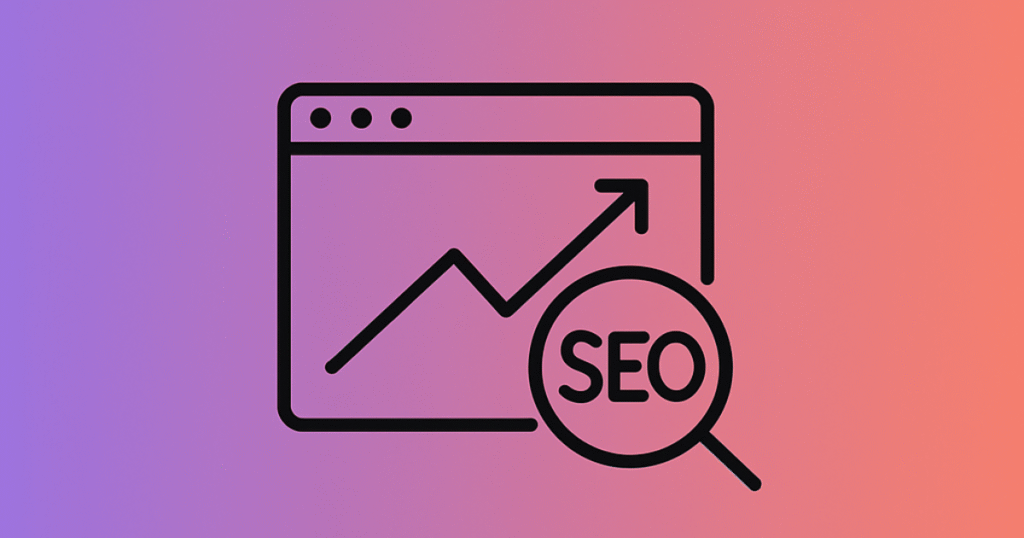Are you looking to boost your website traffic without breaking the bank—or the rules? If so, you’ve probably come across sparktraffic vs serpseo, two popular traffic bot tools designed to help websites grow their visibility.
But which one is better? And more importantly, which one is better for you?
Let’s break it down in plain English.
What Are Traffic Bots, Anyway?
Before we dive into the comparison, let’s get one thing cleared up: what exactly is a traffic bot?
Simply put, traffic bots simulate real visitors to your website. These tools are often used for purposes like:
- Improving website performance metrics in Google Analytics
- Boosting engagement stats (like time on site or bounce rate)
- Enhancing SEO rankings with better click-through rates
- Testing website load capacity or ad performance
They aren’t a replacement for actual users, but they can certainly supercharge your site’s presence—when used wisely.
Introducing the Contenders: SparkTraffic vs Serpseo
Both sparktraffic vs serpseo are traffic bot tools designed to deliver automated, targeted visits to your site. But they take slightly different approaches, and that’s where things get interesting.
SparkTraffic: Speedy and Simple
Think of SparkTraffic as the fast food of traffic bots—it gets the job done quickly, it’s easy to use, and it’s budget-friendly.
Key Features of SparkTraffic:
- Generate over 100 million visits per month
- Real-time dashboard for tracking traffic
- Use of residential IPs, making traffic look more realistic
- Supports Google Analytics, AdSense, and even affiliate links
Pros:
- Affordable plans for different business sizes
- Extremely user-friendly interface
- Can target traffic by country and device
Cons:
- No keyword-based campaigns
- Some features lack advanced customization
SerpSEO: SEO-Focused and Flexible
SerpSEO is like the upscale café version—it’s more customizable and tailored, especially if you’re focused on improving search engine rankings.
Key Features of SerpSEO:
- Drives traffic based on specific keywords
- Supports auto-pilot campaigns with AI
- Simulates organic search behavior to mimic real users
- Includes metrics like CTR, dwell time, and bounce rate control
Pros:
- Excellent for keyword ranking and SEO testing
- Allows for deep bot behavior customization
- Google Search Console integration
Cons:
- More complex interface; steeper learning curve
- Higher cost for premium features
Head-to-Head: SparkTraffic vs SerpSEO
Now that we’ve looked at each tool individually, let’s compare them side-by-side.
1. Ease of Use
If you’re just starting out or want to drive traffic quickly without fiddling with too many settings, SparkTraffic is the easier choice. Its dashboard is clean, intuitive, and takes only minutes to set up.
SerpSEO, on the other hand, is a bit more complex. You’ll need to spend some time learning how to set up campaigns and interpret the data, but it offers more control in return.
2. Targeting & Customization
SerpSEO wins here, hands down. You can run traffic based on specific keywords, simulate organic search clicks, and tweak factors like CTR (click-through rate) and dwell time. That means your traffic doesn’t just look real—it acts real.
SparkTraffic gives you control over broad factors like device type and location, but lacks the depth of targeting that SerpSEO provides.
3. SEO Impact
Let’s say your goal is to boost your site in Google rankings. SerpSEO’s keyword-based traffic simulation is designed for just that. It helps mimic user behavior that Google values, like clicking on your site in search results and staying a while.
SparkTraffic, while helpful for engagement metrics, doesn’t have the same SEO precision. It’s great for increasing numbers but not necessarily rankings.
4. Analytics Integration
Both tools work well with tools like Google Analytics and Search Console, but SerpSEO goes a step further by offering more detailed data and behavioral filtering.
5. Pricing
SparkTraffic is cheaper and better suited for those on a tight budget. With plans starting at just a few dollars a month, it’s an easy entry point.
SerpSEO’s pricing is higher, but with the added control and SEO focus, you’re paying for smarter traffic—not just more of it.
Which One Should You Choose?
The answer depends on your goals.
- Choose SparkTraffic if: you’re looking for quick, affordable traffic that boosts your site stats and helps you with monetization platforms like AdSense.
- Choose SerpSEO if: your main goal is SEO—especially moving up the ranks in Google for specific keywords.
Personally, I’ve used both. When I was launching a new product site and just needed traffic to attract advertisers, SparkTraffic helped pump up the numbers overnight. But when I wanted to improve keyword rankings for my blog, SerpSEO gave me measurable results in just a few weeks.
How about you? Are you more focused on rankings or reach?
Final Thoughts
Website traffic is like foot traffic at a store. The more people walking through your door (or landing on your homepage), the greater your chances of making a sale, getting ad revenue, or just being noticed.
That’s where tools like SparkTraffic vs SerpSeo come in. They aren’t magic bullets, but when used smartly, they can help build momentum.
Just remember: Always combine them with content marketing, SEO strategies, and real audience engagement. Fancy traffic numbers mean little without real value behind your website.
If you’re ready to take your traffic game to the next level, give one—or both—a try and see what works for you.
Ready to Boost Your Website Traffic?
Whether you’re launching a new site, testing the waters, or pushing for a first-page Google ranking, there’s a traffic bot tool for every need. Explore SparkTraffic for fast and easy growth, or dive into the depths of SerpSEO for long-term SEO gains.
The road to digital success is paved with data. Now it’s your move.
Want more SEO and web traffic tips? Stay tuned to the blog and subscribe for updates!
